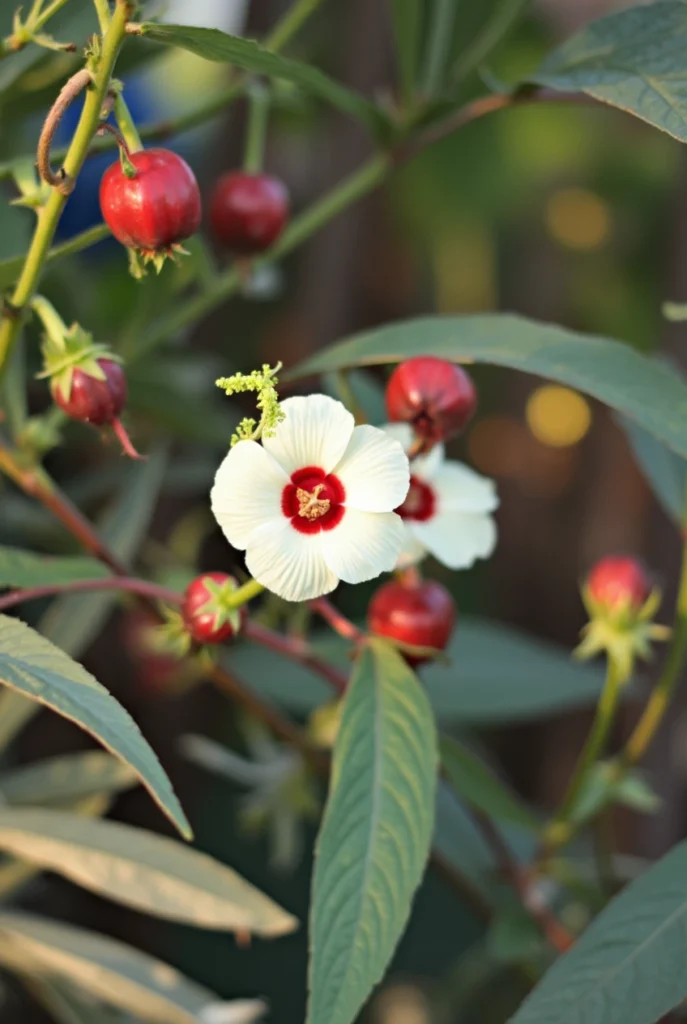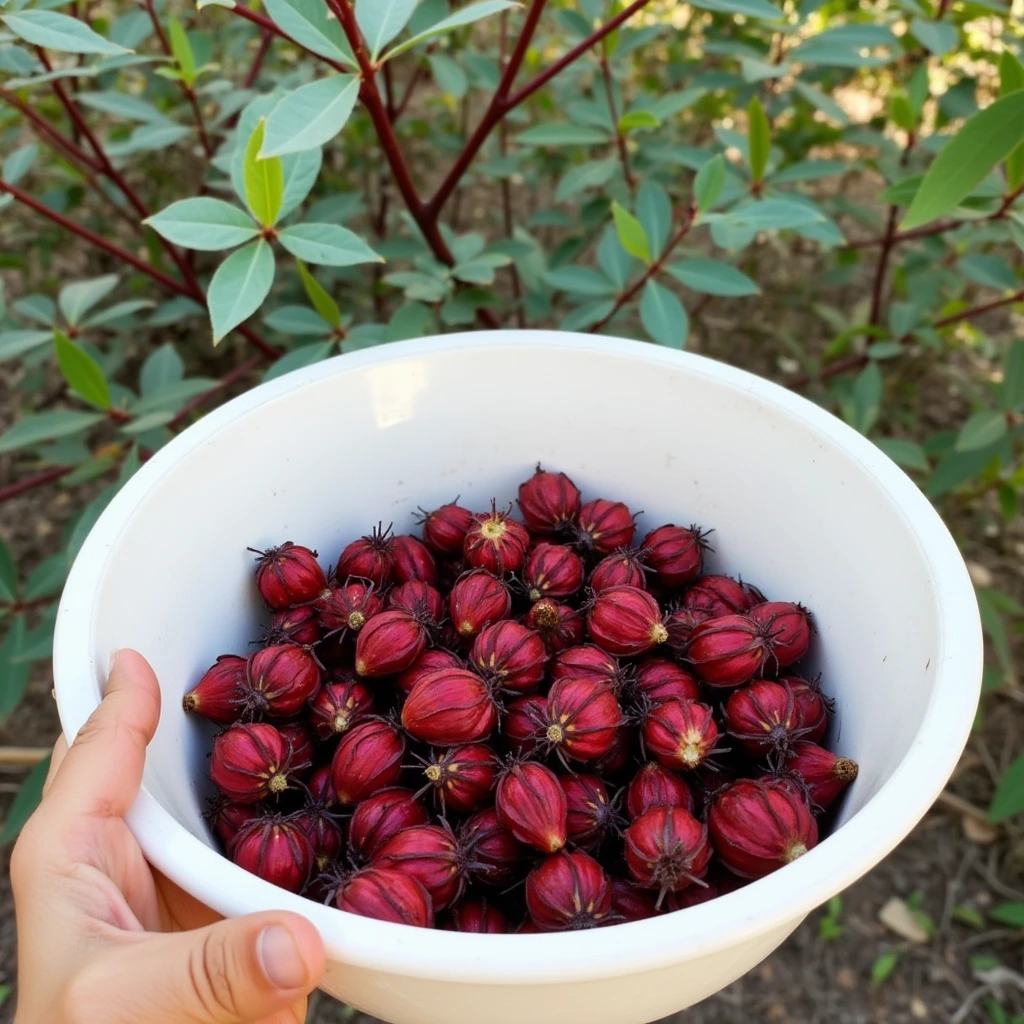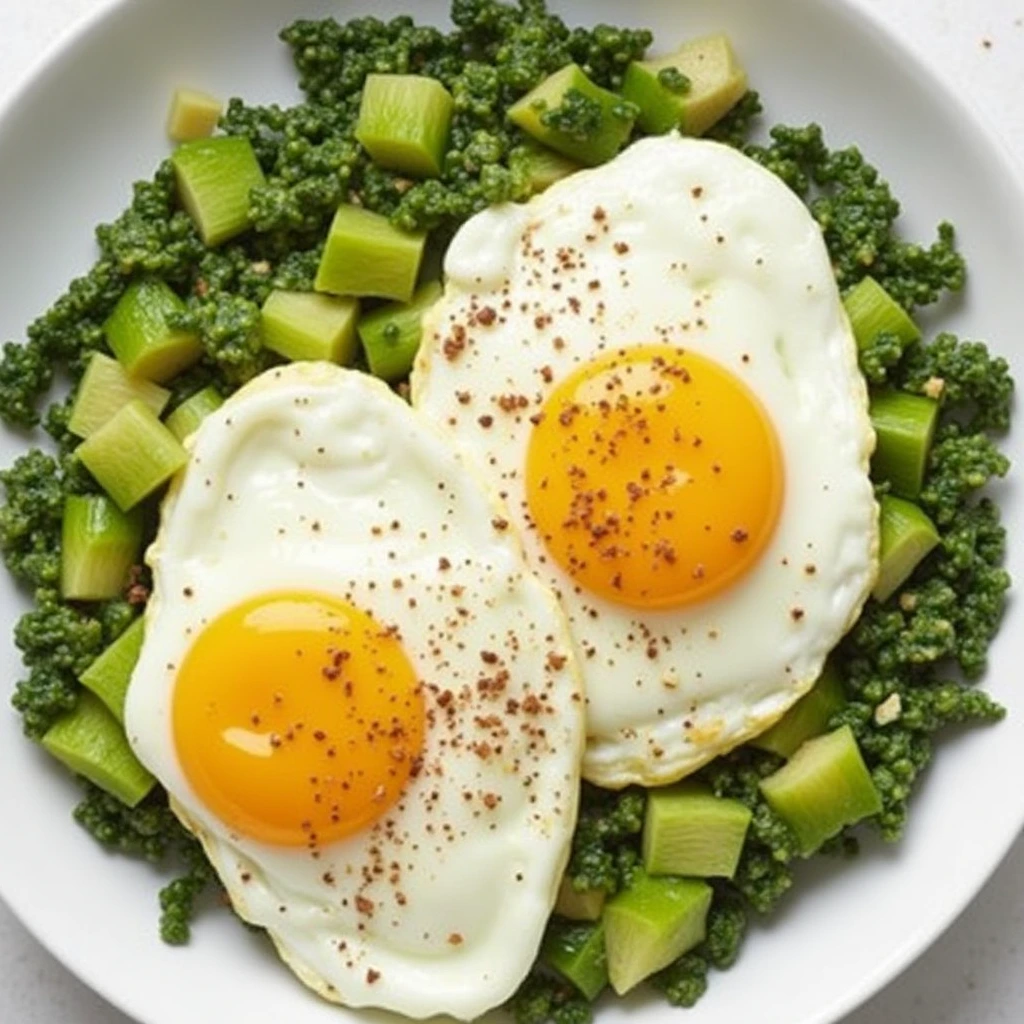Rosella Fruit: The Complete Guide to This Vibrant Superfood
Have you ever noticed those striking crimson calyces that look like jewels in specialty markets or ethnic grocery stores? That’s Rosella fruit, one of nature’s most visually captivating and versatile botanical treasures. With its vibrant ruby hue and refreshingly tart flavor profile, Rosella fruit isn’t just a feast for the eyes—it’s a culinary chameleon and nutritional powerhouse that deserves a place in your kitchen.
Though commonly called a fruit, Rosella (also known as Roselle, Sorrel, Jamaica Sorrel, or Karkadé) is technically the fleshy calyx that surrounds the seed pod of the Hibiscus sabdariffa plant. This distinction hardly matters when you experience its bright, cranberry-like tanginess that has made it a beloved ingredient in cuisines across the globe.
In this comprehensive guide, we’ll journey from garden to glass (and plate!) with Rosella fruit, exploring everything from its botanical origins and nutritional benefits to growing tips and creative culinary applications. Whether you’re a curious food enthusiast, health-conscious consumer, or home gardener, you’ll discover why this remarkable plant deserves more attention and appreciation.

Table of Contents
What Exactly IS Rosella Fruit?
Botanical Lowdown
Rosella fruit comes from Hibiscus sabdariffa, a species belonging to the Malvaceae family (which also includes cotton, okra, and other hibiscus varieties). The plant itself is a robust annual that can grow up to 8 feet tall in ideal conditions, featuring lobed leaves and pale yellow flowers with deep red centers.
What makes Rosella special is what happens after the flower blooms and drops its petals. The calyx—the sepals that protected the flower bud—grows large, fleshy, and intensely red, encasing the seed pod. This calyx, along with the seed capsule it surrounds, is what we harvest and utilize as “Rosella fruit.”
The “Fruit” Explained
While botanically speaking, the true fruit of the plant is the seed capsule inside, the term “Rosella fruit” commonly refers to the fleshy red calyx. This calyx serves an evolutionary purpose for the plant, attracting seed dispersers with its bright color while protecting the developing seed capsule.
The calyces are typically 3-4 inches long, pointed, and prominently ribbed. When fresh, they have a crisp texture similar to bell peppers but with more succulence. When dried, they become leathery but rehydrate beautifully, making them versatile for year-round use.
Appearance, Taste & Aroma Profile
Fresh Rosella fruit calyces boast a brilliantly vibrant red color that can range from crimson to deep burgundy depending on variety and growing conditions. Their taste is distinctively tart and refreshing—similar to cranberries but with complex undertones that include subtle berry notes and delicate floral hints.
The tartness comes from organic acids, primarily citric acid, while the complex flavor profile includes notes that can be described as berry-like with subtle floral elements. Fresh calyces have a bright, clean aroma with subtle fruity notes, while dried Rosella develops a deeper, more concentrated scent with slight earthy undertones.
When cooked or steeped, Rosella releases its intense color, creating striking red infusions that taste both refreshing and sophisticated.
Origin and Global Spread
Though the exact origin of Hibiscus sabdariffa is debated, most botanical historians place its native range in West Africa. From there, it spread throughout tropical and subtropical regions worldwide, carried by trade, colonization, and migration.
Today, Rosella fruit is cultivated commercially in Egypt, Sudan, Mexico, Thailand, China, and throughout the Caribbean, with each region developing their own traditional preparations and names for this versatile plant.
Its ability to thrive in various tropical and subtropical climates has helped Rosella fruit become incorporated into diverse food cultures across Africa, the Americas, the Caribbean, the Middle East, and Asia.
Culinary Uses of Rosella (Go Beyond Drinks!)
While many people associate Rosella primarily with beverages, its culinary versatility extends far beyond the teacup. Let’s explore the myriad ways this vibrant ingredient can transform your cooking:
Beverages
The most recognized use of Rosella fruit is in drinks, where its tart flavor and stunning color create refreshing and visually appealing options:
- Juices & Teas: The classic preparation involves simmering the calyces in water, straining, and sweetening to taste. Known as “Agua de Jamaica” in Mexico and Latin America, “Bissap” in West Africa, and “Sorrel Drink” in the Caribbean, this ruby-red beverage is often enhanced with spices like ginger, cinnamon, or cloves.
- Syrups & Cordials: Concentrated Rosella fruit syrup makes an excellent base for cocktails, mocktails, or as a flavoring for desserts. The natural acidity and pectin content create a perfect consistency for syrup without additional thickeners.
- Cocktails & Mocktails: Rosella’s vibrant color and tart profile make it an exceptional ingredient in mixed drinks. It pairs beautifully with rum, vodka, and gin, while also serving as a natural colorant that avoids artificial additives.
Jams, Jellies & Preserves
The high pectin content in Rosella fruit makes it ideal for preserves, often requiring less added pectin than other fruits. The resulting spreads have a brilliant ruby color and a perfectly balanced sweet-tart flavor that pairs wonderfully with cheese plates or morning toast.
Sauces
- Sweet sauces: Rosella makes exceptional coulis or sauce for desserts, providing a tart counterpoint to sweet dishes like cheesecake, panna cotta, or ice cream.
- Savory applications: Similar to cranberry sauce with turkey, Rosella fruit sauce can complement fatty meats like duck or pork, with its acidity cutting through richness beautifully.
Candied Rosella
The calyces can be candied (crystallized) for use as striking garnishes on desserts or chopped and folded into baked goods for bursts of color and flavor.
Baking
Incorporating Rosella fruit into baked goods adds moisture, tartness, and color. Try adding rehydrated chopped calyces to muffins, folding them into cake batters, or using them as a filling for tarts.
Savory Dishes
Beyond sweet applications:
- Fresh calyces can be chopped and added to salads for a tart element
- They can be used in pickling brines for both color and flavor
- Dried and ground Rosella fruit makes an excellent spice rub component for meats
Using Dried vs. Fresh
Fresh calyces have a crispness and immediate brightness that works well in raw applications, while dried Rosella fruit offers concentrated flavor and color that holds up well in cooking. Dried calyces need rehydration before many uses—simply soak in warm water until they plump up (usually 10-15 minutes).
Rosella Health Benefits & Nutrition
Nutritional Profile
Rosella fruit offers an impressive array of nutrients, particularly considering its low calorie content:
| Nutrient | Amount per 100g | Benefit |
|---|---|---|
| Vitamin C | 12-14mg | Immune support, collagen production |
| Anthocyanins | High concentration | Antioxidant properties |
| Calcium | 1.72mg | Bone health |
| Iron | 9mg | Blood health |
| Magnesium | 51mg | Muscle and nerve function |
| Phosphorus | 37mg | Cell function, bone formation |
| Potassium | 208mg | Heart health, fluid balance |
| Dietary Fiber | 2.3g | Digestive health |
The vibrant red color comes from anthocyanins, powerful antioxidants that give many red-purple foods their distinctive hue.
Reported Health Benefits
Traditional medicine across multiple cultures has long valued Rosella fruit for its health-supporting properties. Modern research has begun to validate many of these traditional uses:
- Cardiovascular Support: Multiple studies suggest that hibiscus extracts may help maintain healthy blood pressure levels. A review published in the Journal of Hypertension found consistent modest effects on blood pressure in controlled trials.
- Antioxidant Properties: The rich concentration of anthocyanins and other polyphenols in Rosella fruit has been shown to have significant antioxidant activity, potentially helping to neutralize free radicals in the body.
- Digestive Health: Traditional uses as a mild diuretic and digestive aid have some support in preliminary research. The fiber content also supports digestive health.
- Metabolic Health: Some studies suggest potential benefits for cholesterol management and blood glucose regulation, though more research is needed.
Disclaimer: This information is provided for educational purposes only and is not intended as medical advice. Consult with a healthcare professional before using Rosella or any plant for therapeutic purposes, especially if you have existing health conditions or take medications.
How to Grow Rosella
Cultivating your own Rosella fruit can be rewarding for both gardeners and cooks. Here’s how to grow this versatile plant:
Climate & Conditions
Rosella fruit thrives in:
- Full sun (at least 6 hours daily)
- Warm temperatures (65-85°F/18-29°C)
- Well-draining, moderately fertile soil
- pH 5.5-7.0 (slightly acidic to neutral)
As a tropical plant, it’s frost-sensitive and grows as an annual in temperate climates.
Planting Guide
- When: Plant after all danger of frost has passed and soil temperatures reach at least 60°F (15°C).
- How: Sow seeds directly or start indoors 4-6 weeks before the last frost.
- Spacing: Plant 3-4 feet (90-120cm) apart as Rosella can grow quite large.
- Depth: Plant seeds ¼-½ inch (0.6-1.2cm) deep.
Care & Maintenance
- Water: Keep soil consistently moist but not waterlogged, especially during flowering and calyx development.
- Fertilizer: Apply balanced organic fertilizer monthly during the growing season.
- Pruning: Optional pinching of growing tips when plants are young encourages bushier growth and more flowering points.
Harvesting
For the best quality Rosella fruit:
- Harvest calyces when they’re bright red and firm, usually 2-3 weeks after the flowers drop.
- Snip calyces with scissors or small pruners, leaving a short stem attached.
- Carefully split the calyx along one side and remove the seed pod inside (unless you’re harvesting seeds).
- Process immediately or store in the refrigerator for up to a week.
Common Pests/Diseases
Keep an eye out for:
- Aphids
- Spider mites
- Powdery mildew in humid conditions
- Root rot if drainage is poor
Companion planting with marigolds or nasturtiums can help deter some pests naturally.
Buying and Storing Rosella
Forms Available
Rosella fruit can be found in several forms:
- Fresh calyces: Available seasonally in some markets
- Dried whole calyces: The most common form, versatile for most uses
- Cut and sifted dried Rosella: Chopped pieces, convenient for tea
- Rosella powder: Ground dried calyces for easy incorporation into recipes
- Seeds: Both for planting and culinary uses (the seeds have a different flavor profile)
- Pre-made products: Jams, syrups, teas, and juices
Where to Find It
Look for Rosella fruit at:
- Caribbean, African, Middle Eastern, or Southeast Asian grocery stores
- Specialty food shops and natural food markets
- Farmers’ markets in areas where it’s grown locally
- Online retailers specializing in herbs and global ingredients
- Health food stores (often in the tea section)
Selection Tips
For the best quality:
- Fresh calyces should be bright red, firm, and free from blemishes
- Dried Rosella should maintain its deep red color without browning
- Look for products without added preservatives or sulfites
- Organic options may have fewer pesticide residues
Storage
To maintain freshness and flavor:
- Fresh calyces: Refrigerate in a perforated plastic bag for up to a week
- Dried Rosella: Store in airtight containers away from light and moisture; will keep for 1-2 years
- Powdered form: Keep in airtight containers; use within 6 months for best flavor
- Prepared products: Follow package instructions; refrigerate after opening
Rosella Around the World
Rosella fruit has found its way into cuisines and cultures worldwide, known by different names and prepared in diverse ways:
- Caribbean: Called “sorrel,” it’s the star of a spiced holiday drink made with ginger and rum, particularly popular during Christmas season in Jamaica and throughout the region.
- West Africa: Known as “bissap” in Senegal and neighboring countries, it’s the national drink of Senegal and considered a prestigious beverage for honored guests.
- Egypt and Sudan: Called “karkadé,” it’s consumed hot or cold and offered to guests as a sign of hospitality.
- Mexico and Central America: “Jamaica” (pronounced hah-MY-kah) is a popular agua fresca served cold with lime and sugar.
- Thailand and Southeast Asia: Often used in both sweet and savory dishes, including desserts and as a sour component in soups.
- India: Known as “gongura” in some regions, particularly Andhra Pradesh, where it’s used in chutneys and curries.
Each culture has developed unique preparation methods that highlight different aspects of Rosella fruit’s versatile flavor profile.
Frequently Asked Questions
Is Rosella the same as Hibiscus tea?
While related, they’re not identical. Rosella fruit tea comes specifically from Hibiscus sabdariffa calyces, while “hibiscus tea” might sometimes refer to infusions made from other hibiscus species like H. rosa-sinensis (though authentic hibiscus tea is typically Rosella). The calyces of H. sabdariffa have a distinct tart flavor and medicinal properties not found in ornamental hibiscus varieties.
Can you eat Rosella raw?
Yes! Fresh Rosella fruit calyces are edible raw and can add a tart, crunchy element to salads or be used as an edible garnish. The young leaves of the plant are also edible and used in some cuisines as a green vegetable.
What does Rosella taste like?
Rosella fruit has a distinctively tart, bright flavor often compared to cranberries but with added complexity. It offers a clean acidity with subtle berry notes and delicate floral undertones. The intensity varies between fresh and dried forms, with dried calyces having a more concentrated flavor.
Does Rosella contain caffeine?
No, Rosella fruit is naturally caffeine-free, making it an excellent option for those avoiding caffeine while still wanting a flavorful, ruby-red beverage.
Where can I buy Rosella fruit?
Depending on where you live, you might find fresh Rosella fruit at farmers’ markets or specialty grocers during its season (typically late summer to fall). Dried Rosella is more widely available year-round at international markets (particularly Caribbean, African, or Middle Eastern), health food stores, specialty tea shops, and numerous online retailers.
Conclusion
From its brilliant red calyces to its versatile culinary applications and impressive nutritional profile, Rosella fruit deserves recognition as a true superfood. Whether you’re brewing it into a refreshing beverage, cooking it into preserves, or incorporating it into innovative recipes, this vibrant botanical treasure offers a perfect balance of visual appeal, distinctive flavor, and health-supporting properties.
As global interest in traditional ingredients and natural remedies continues to grow, Rosella fruit stands out for its cross-cultural significance and remarkable adaptability in the kitchen. Whether you know it as Roselle, sorrel, Jamaica, or karkadé, this remarkable plant connects cuisines across continents while offering a sustainable, nutritious addition to modern diets.
We hope this guide inspires you to explore the many possibilities of Rosella fruit in your own kitchen—from garden to glass and beyond!
Have you tried Rosella fruit before? What’s your favorite way to use this versatile ingredient? Share your experiences in the comments below!
We are interested in your opinion.
There are no reviews yet. Be the first one to write one.






